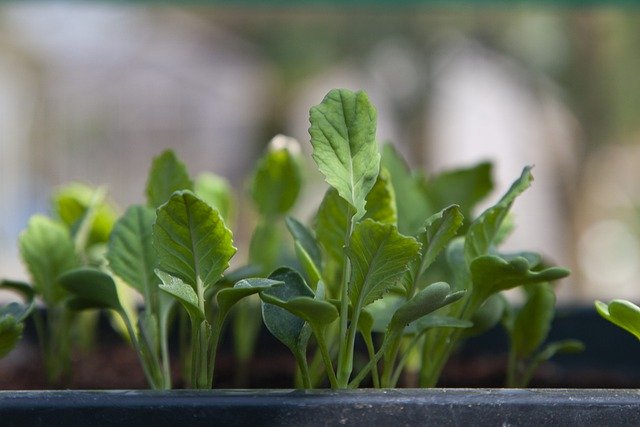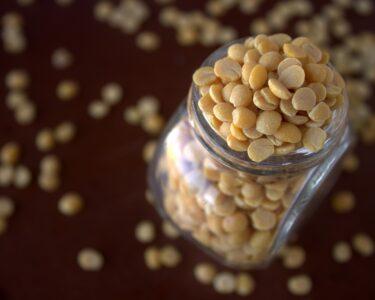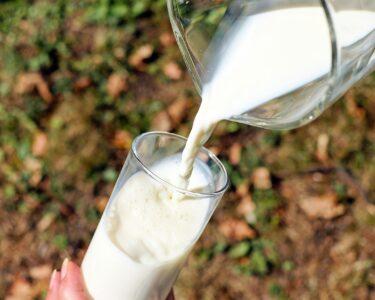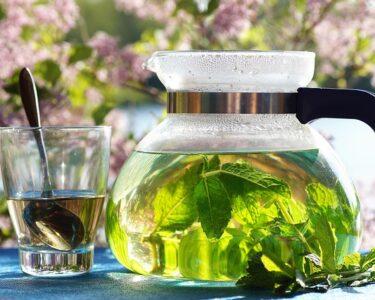Knowing the only vegetarian sources of iron-rich food is enough until you know how to eat it. Yes, eating technique matters a lot in terms of utilizing the iron to fix your anemia.
Iron is an essential micronutrient required for normal human health. Adequate intake of proteins and iron should be present in the diet for the formation of hemoglobin of blood.(1) Vegetable proteins are second class proteins, which is one or more amino acid(s) are missing in a single protein. For instance, pulses are deficient in methionine, tryptophan, and cystine. (2). So, a combination of two vegetable proteins mutually supplements the amino acid content of the diet.
Likewise, plant foods are also high in iron content, but the absorption rate of iron from the plant foods are comparatively lower than that from the animal sources of iron. This is the reason behind the fact that anemia is more common among vegetarian people. (3). For this reason, it is needed to take more attention to ensuring better iron absorption.
Why taking a vegetarian source of iron-rich food is not enough?
Vegetarian diets increase the risk of iron deficiency anemia due to the following reasons- (4, 5)
- The low iron content of most of the vegetable foods.
- Poor absorption of iron from the plant foods.
- Presence of phytate present in cereals and pulses which decreases iron absorption.
- Protein deficiency of the diet.
Nature of Plant sources of iron
- Plants and iron-fortified foods and iron supplements contain nonheme iron. (6, 7) Non-haem iron is primarily iron salts, present in plant and dairy foods and rendered soluble in the lumen of the stomach and duodenum. (8)
- The presence of vitamin-C largely increases the absorption of Non-haem iron.
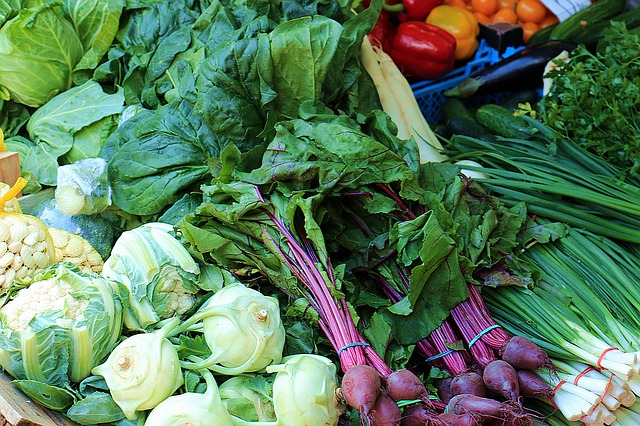
How to take the vegetarian source of iron-rich food to prevent anemia?
Not only animal foods but plant foods are also containing a substantial amount of iron. So, even vegetarians can maintain good iron status and prevent anemia by judicially selecting iron-rich foods, using their appropriate cooking methods, and taking them in the right way. Let’s go, first, we list out the plant foods which are rich in iron.
Step 1: Selection of Appropriate Iron-rich foods for the Vegetarians
Iron is widely present in various cereals, dals, nuts, vegetables, and fruits, but their content varies largely from one to another. So, first, we need to list out the iron-rich foods which are to be judiciously incorporated in the vegetarian diet. Tables 1,2,3,4 and 5 help you to choose appropriate iron foods in your family diet.
Table-1: Cereals and cereal products as a source of Iron and their Iron content (mg of Iron /100g of edible food)
| Rich Sources | Iron (mg/ 100g food) | Good Sources | Iron (mg/ 100g food) |
| Rice flakes or churah | 20 | Whole wheat flour (Atta) | 4.9 |
| Samai | 9.3 | Refined wheat flour (Maida) | 2.7 |
| Bajra | 8 | Jowar | 4.1 |
| Puffed rice or mui or murmura | 6.6 | Ragi | 3.9 |
Table-2: Dals or Pulses as a source of Iron and their Iron content (mg of Iron /100g of edible food)
| Rich Sources | Iron (mg/ 100g food) | Good Sources | Iron (mg/ 100g food) |
| Soyabean | 10.4 | Peas, roasted | 6.4 |
| Bengal gram, roasted | 9.5 | Bengal gram (chole ki dal) | 5.3 |
| Cow pea | 8.6 | Rajma | 5.1 |
| Lentil | 7.58 | Green gram dal | 3.9 |
| Peas, dry | 7.05 | Black gram | 3.8 |
Table-3: Nuts and Seeds as a source of Iron and their Iron content (mg of Iron /100g of edible food)
| Rich Sources | Iron (mg/ 100g food) | Good Sources | Iron (mg/ 100g food) |
| Garden cress seeds (Halim seeds) | 100 | Watermelon seeds | 7.4 |
| Niger seeds (kala til) | 56.7 | Cashew nuts | 5.81 |
| Gingelly seeds (sadatil) | 9.3 | Almond | 5.09 |
| Coconut, dry | 7.8 | Groundnut, rosted | 3.1 |
Table-4: Vegetables as a source of Iron and their Iron content (mg of Iron /100g of edible food)
| Rich Sources | Iron (mg/ 100g food) | Good Sources | Iron (mg/ 100g food) |
| Cauliflower greens | 40 | Radish leaves | 18 |
| Turnip greens | 28.4 | Parsley | 17.9 |
| Chekurmanis | 28 | Mustard leaves | 16.3 |
| Bengal gram leaves | 23.8 | Beet greens | 16.2 |
| Cow pea leaves | 20.1 | Plantain green | 6.27 |
Table-5: Fruits as a source of Iron and their Iron content (mg of Iron /100g of edible food)
| Rich Sources | Iron (mg/ 100g food) | Good Sources | Iron (mg/ 100g food) |
| Watermelon | 7.9 | Pine apple | 2.42 |
| Raisins | 7.7 | Peaches | 2.4 |
| Dates, dried | 7.3 | Mulberry and Raspberry | 2.3 |
| Strawberry | 4.31 | Pom granate | 1.79 |
| Phalsa | 3.1 | Shethaphal | 1.25 |
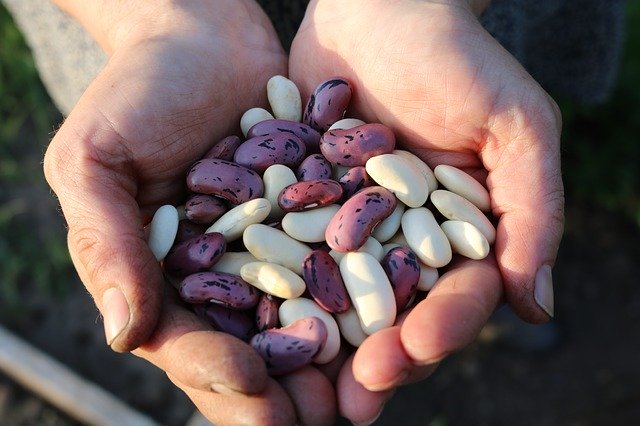
Step 2: Use of appropriate cooking methods to improve iron bioavailability
Iron present in all plant foods is non-haem iron. So, we have to pay great attention to improve the absorption of iron from veg recipes.
Cooking in cast iron pot:
Cooking methods play an important role in iron availability. (9) Cast iron cooking utensils are traditionally used in India. The use of such pots in cooking is the easiest and cheapest way to increase the iron content of your meals.(10)
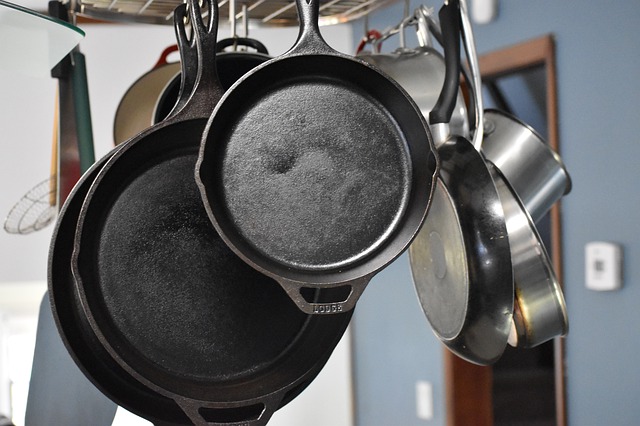
Reduce the phytate content of your cooked foods
Phytic acid (inositol hexaphosphate) is commonly present in legumes (soybeans, black beans, lentils, mung beans, and split peas) and grains (like rice). The absorption of iron from legumes is very low (0.84 to 1.91%). So, you should concentrate first on the removal of the phytic acid content of your meal. Phytate content can be reduced by using the following cooking methods-(11, 12)
- Heat treatment like boiling, cooking, etc.
- Soaking the cereals and pulses in excess water for 2 to 4 hours before cooking and discarding the excess water help to reduce the phytate content of the plant foods.
- Germination and sprouting increase the breakdown of phytic acid by phytase and thus reduce the phytate content of the food. Germination may reduce the phytate content by 40%. (13)
- Fermentation of foods is an effective method for reducing the phytate content of foods.
- Addition of vitamin-C also reduces the phytate content.
- The process of milling also reduces the phytate content of foods.
Reduce the intake of oxalic acid
Oxalic acid is another antinutritional factor present in plant foods like spinach, kale, beets, nuts, chocolate, tea, wheat bran, rhubarb, strawberries, etc. and herbs like oregano, basil, and parsley. It impairs the absorption of non-haem iron. You can decrease oxalate content of your diet by utilizing the following ways- (14)
- Cooking methods like boiling, steaming, etc. significantly reduces the soluble oxalate content of foods
- Boiling markedly reduced soluble oxalate content by 30-87%.
- Another cooking method, steaming also reduces oxalate content by 5-53%.
- Soaking of vegetables in water also helps to reduce oxalic content. (15)
Select appropriate cereal as a staple
The bioavailability of iron is lowest in millet-based meals, while the rice and wheat-based meals had moderate to good bioavailability. It is better to make rice or wheat as a staple food rather than millet. (16)
Use more fermented foods
Vegetable proteins like soybean protein inhibit the absorption of non-haem iron. Fermentation increases the bioavailability of iron from soybean. Fermentation leads to protein degradation. Use more fermented cereals and pulses in your cooking. Idli and dosa, made from fermented cereals and pulses is a good option.
Use more sprouted foods
Germination or sprouting of pulses and nuts is another option for increasing the iron absorption.
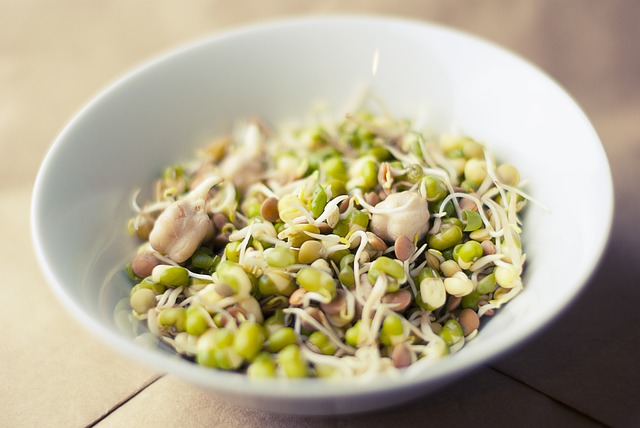
Step 3: Taking the iron-rich foods in the right way
The amount of iron to be absorbed from your food and utilized in the body is largely depends on the other dietary components present in the same meal. You should follow certain principles for ensuring better iron absorption.
- Cooking, industrial processing, and storage reduce the vitamin-C content and its enhancing effect on iron absorption. Take a piece of lemon with your meals, it will increase your iron absorption by 2 to 3 folds.
- Remember, vitamin-C is destroyed by heating and cooking, so you should depend on fresh lemon juice or any other citrus fruits.
- Take curds regularly with your cereal-based breakfast, lactic acid will help you to absorb more iron from the foods.
- Calcium inhibits the absorption of both haem and nonheme iron. So, guys, please avoid taking calcium supplements after your lunch or dinner. (17)
- Polyphenols markedly reduce the absorption of non-haem iron. Polyphenols are present in tea, coffee, cereal grain products, legumes, vegetables and fruits, herbs (like oregano), and red wine. Tannic acid is present in tea and coffee. So, the consumption of tea or coffee with meals greatly reduces iron absorption. Iron binds to the tannic acid in the intestinal lumen forming an insoluble complex that results in impaired absorption. The inhibitory effects of tannic acid are dose-dependent and reduced by the addition of ascorbic acid.
So, be judicious, don’t drink tea or coffee half an hour before your meal to 3 hours after the completion of your lunch or dinner, because drinking a cup of tea or coffee will greatly reduce the absorption of iron. (18)
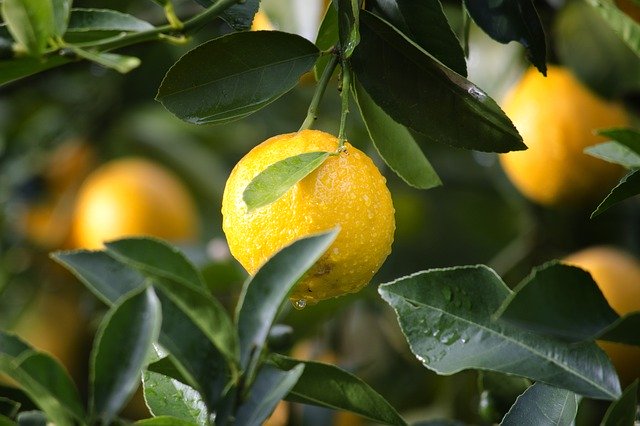
Bottom line
Iron deficiency in the diet, lack of proper iron absorption, or excessive loss of blood are the basic causes of anemia. Vegetarian people are more prone to anemia because of iron present in plant foods in a non-haem form which is comparatively difficult to absorb and thus utilized by the body.
Moreover, phytate, oxalate, and polyphenols are present in plant foods which further reduces the absorption of iron. But adequate intake of iron, the use of appropriate cooking methods, and taking the food in the right way ensures the good iron status of a vegetarian person.

